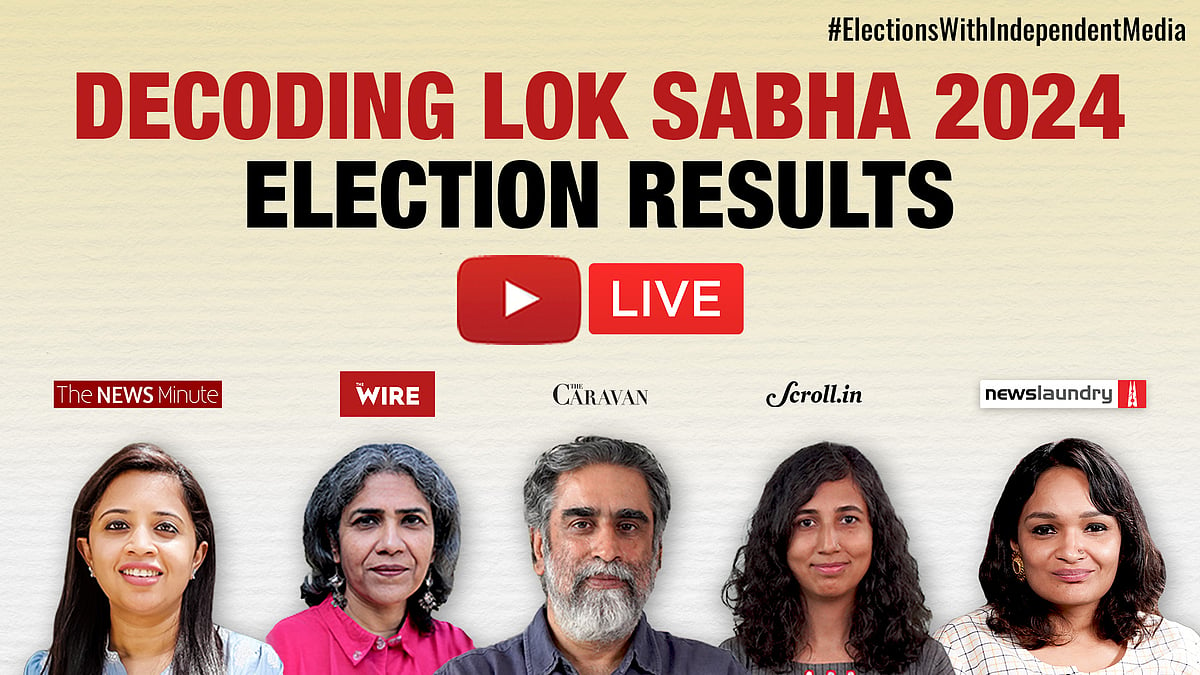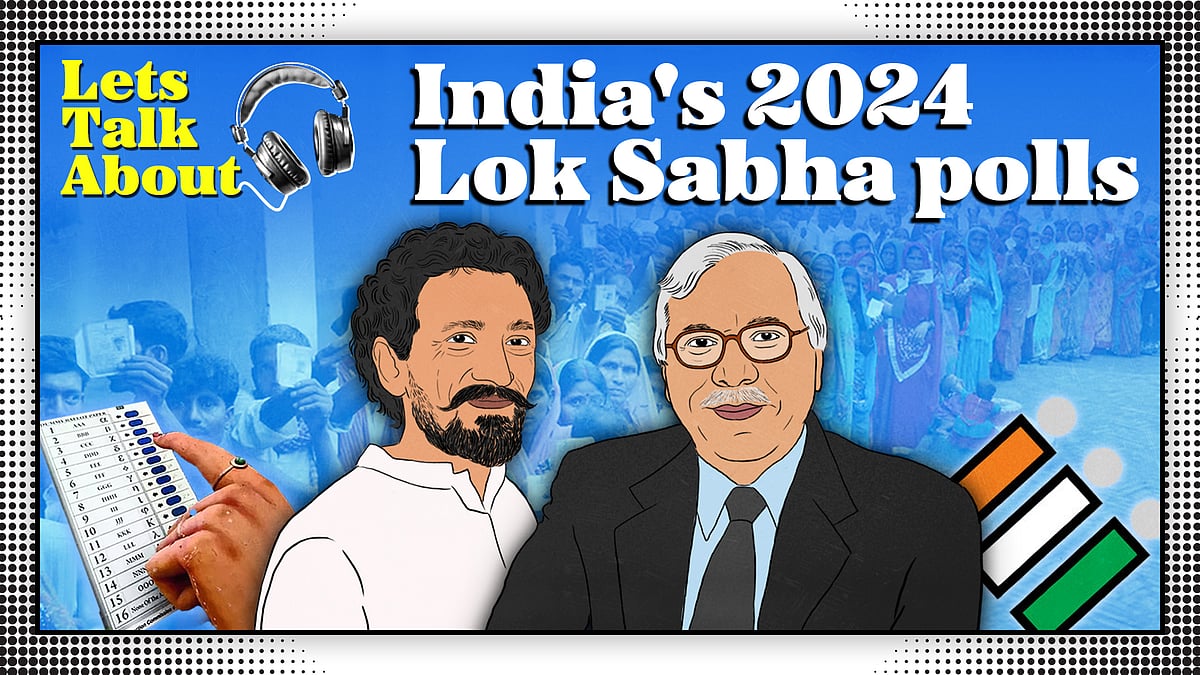The 2024 mandate is a risk to Modi’s sledgehammer politics
The NDA’s reduced tally implies the return of an era of delicate coalition politics.
In seeking its third consecutive term in power at the Centre, the NDA seems to have survived a surge in anti-incumbency vote by crossing the 272-majority mark in the Lok Sabha polls. However, the reduced tally of the NDA’s anchor party BJP implies the return of an era of delicate coalition politics at the Centre after a decade-long hiatus.
The numbers also suggest the mandate could have different meanings – an ambiguous verdict is often an occupational hazard for analysts and commentators, fraught with risks of over-analysis and redundancy. But keeping that aside, a few indicators can be gleaned from what’s emerging from the results today.
Poaching games
First, within the broader bipolarity of the alliance system, the NDA and the Congress-led INDIA will now be more keenly watched for the dynamics between existing allies and potential allies. In many ways, this marks a throwback to the pre-2014 fluid coalition-making period, which had its heady days in the second half of the nineties, with the NDA pitted against the United Front, and the subsequent formation of the United Progressive Alliance.
The nature of the verdict is such that it will keep allies with flexible allegiances such as the JDU, TDP and TMC interested – and even small parties in the thick of power moves – in the national capital.
Even if the numbers now seem comfortable enough for forming the third successive government led by PM Modi, the NDA brass and the INDIA leadership will be breathing down each other’s neck with poaching games.
At the same time, it would be interesting to see how the current NDA allies view Narendra Modi’s claim to the prime ministerial position. The BJP’s numbers aren’t too far behind to make the PM give up that claim but one can’t rule out allies asking for a change of guard as a condition for their support. The scenario is set on the old turf – the reciprocity of needs, and the mutual perceptions of the vulnerability of the BJP in an alliance-driven government. Besides, it could leave scope for infighting within the BJP that the rival alliance can seek to exploit.
For political observers, it will be interesting to watch how PM Modi tries to hold the same sway over his party with a diminished mandate.
Governance compromises
Second, the foregrounding of alliance compulsions is likely to sidetrack some policy measures, and the style of governance may have to strike a more compromising note. That may mean that some decisive plans and legislation or the blueprint for economic and political reforms will have to either slow down or be put on the back burner. It also implies that consensus-building within the alliance would again be a delicate art on wide ranging issues, from the national to the global.
At the same time, the nature of competitive populism that was witnessed between both the alliances in the polls has also set a template for hyper-incentivisation of dole politics – euphemism for various forms of ‘guarantees’ that were pitched in the run-up to the polls. This can only be expected to escalate in the next five years, particularly when cash transfer promises and the bugbear of quota-withdrawal had occupied much of the campaign in these polls.
All this exposes the polity to “charitable state politics”, to borrow a phrase from political commentator Hilal Ahmed.
Integrity of the EC
Third, the sobering subtext of these polls has been the debunking of a bogey of claims about the integrity of the elections in India.
The opposition’s unreasonable diatribe against the Election Commission often took a conspiratorial tenor. The fact that the poll body relied on sound bureaucratic practices to accomplish the mammoth exercise of a national poll in a diverse, complex and large country stands affirmed, even if there were some episodic lapses here and there and could always be improved upon.
The larger context in which some limitations of the poll body can be seen can only appear from a better understanding and knowledge of how elections are conducted.
The bottomline is that in a poll outcome devoid of an emphatic message, decoding exercises can run wild. That’s only one of the two key dangers in reading poll messages, that analysts as well as parties can take into account. The second is that a vote is a single act, it doesn’t speak all that is in the political mind of the voter. That’s what keeps all political players in the game.
Small teams can do great things. All it takes is a subscription. Subscribe now and power Newslaundry’s work.
 Decoding the 2024 Lok Sabha mandate with independent media
Decoding the 2024 Lok Sabha mandate with independent media  Let’s Talk About: Inside India’s 2024 Lok Sabha elections
Let’s Talk About: Inside India’s 2024 Lok Sabha elections